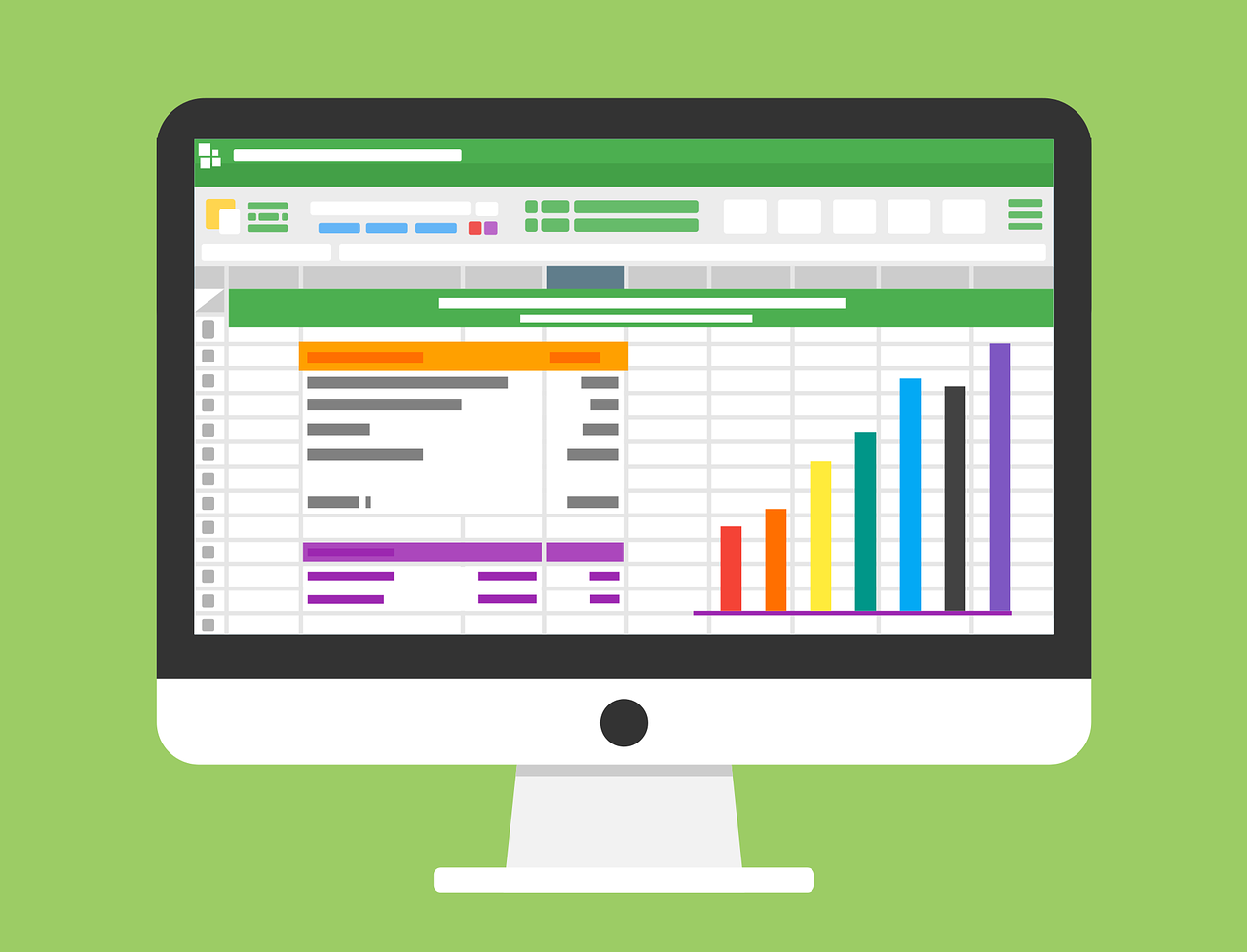Have you ever wondered how those colorful, informative infographics get made? Well, wonder no longer! With today’s free infographic maker tools, anyone can create a professional-looking infographic. Just enter your data, choose a template, and voila! – you’ve got an infographic.
Now, of course, the quality of your infographic will depend on the quality of the data you enter. But don’t worry if you don’t have access to high-quality data. With today’s tools, you can easily fake it ’til you make it. Just input any old data and watch as the infographic maker online tool spits out a slick, professional-looking graphic. So why wait? Here’s our step-by-step guide on using an infographic creator. Give it a try and see how easy it is to create an infographic.

Step 1: Decide on a topic for your infographic
An infographic, by definition, is a visual display of data or information. It is meant to be visually appealing, informative, and easy to understand at a glance. To achieve these goals, carefully selecting your infographic’s topic is essential. The topic should be something that can be conveyed clearly and concisely through visuals.
In addition, the data should be interesting and relevant to your audience. Once you have decided on a topic, you can begin brainstorming ideas for visuals to help bring your data to life. You can create an informative and visually appealing infographic with a bit of creativity.
Step 2: Find or create some data
If you don’t already have some data on your chosen topic, you’ll need to find or create some. data can come from research, surveys, experiments, or any other source. If you’re having trouble finding data, try using fake data. This is acceptable when making an infographic for personal use or practice.
Step 3: Choose an infographic template
One of the benefits of using an infographic maker is that it can help you to create a professional-looking finished product. However, it is important to choose an appropriate template to achieve this goal.
A template provides you with a starting point for your design, and it can ensure that your infographic has a consistent look and feel. Additionally, a template can help you to save time by providing you with a pre-made layout that you can customize to fit your needs.
By taking the time to choose an appropriate template, you can create an infographic that is both visually appealing and informative.

Step 4: Input your data
Once you have chosen a template, it’s time to input your data. This is where an infographic maker comes in handy. With just a few clicks, you can enter your data and watch as the infographic maker tool turns it into a visually appealing graphic.
Step 5: Customize your infographic
After you have inputted your data, you may want to customize your infographic to suit your needs better. This could involve changing the colors, adding or removing elements, or even altering the infographic’s layout. By taking the time to customize your infographic, you can create a truly unique and eye-catching design.
Step 6: Save and share your infographic
Once you are satisfied with your infographic, it’s time to save and share it. Most infographic maker tools will allow you to keep your infographic as a PDF, image, or HTML file. You can then share your infographic with the world by uploading it to a website or blog or sending it to a friend or colleague.
Step 7: Monitor your infographic’s performance
After you have shared your infographic, it is important to monitor its performance. This can be done by tracking the number of views, likes, shares, and comments your infographic receives.
Additionally, you can use Google Analytics to track how much traffic your infographic is driving to your website or blog. By monitoring the performance of your infographic, you can gauge its effectiveness and make changes as needed.
Step 8: Update your infographic
You may want to update your infographic with new data or information as time passes. This could involve adding new visuals, changing the layout, or even redesigning the entire infographic. Regularly updating your infographic can ensure that it remains informative and visually appealing.

Step 9: Promote your infographic
Once you have created an informative and eye-catching infographic, it’s time to promote it. One way to do this is to share it on social media platforms such as Facebook, Twitter, and LinkedIn. Additionally, you can embed your infographic on your website or blog. Promoting your infographic can increase its reach and ensure that more people see it.
Step 10: Keep improving your skills
Creating an infographic is a great way to communicate information in a visually appealing way. However, it is important to keep improving your skills to create better infographics. One way to do this is to practice with different data sets and experiment with varying design elements. Additionally, you can take courses or read books on graphic design and data visualization. By keeping your skills up-to-date, you can make infographics online that are more likely to be successful.
Professional-looking infographics the easy way
An infographic is a graphical representation of data or information. That is why learning to create one is useful because they can present complex information in an easy-to-understand format.
Good infographics are visually appealing and well organized. They use images, icons, and charts to convey information clearly and effectively. Creating a good infographic requires careful planning and design. But the effort is worth it, as a good infographic can be an extremely powerful communication tool.
